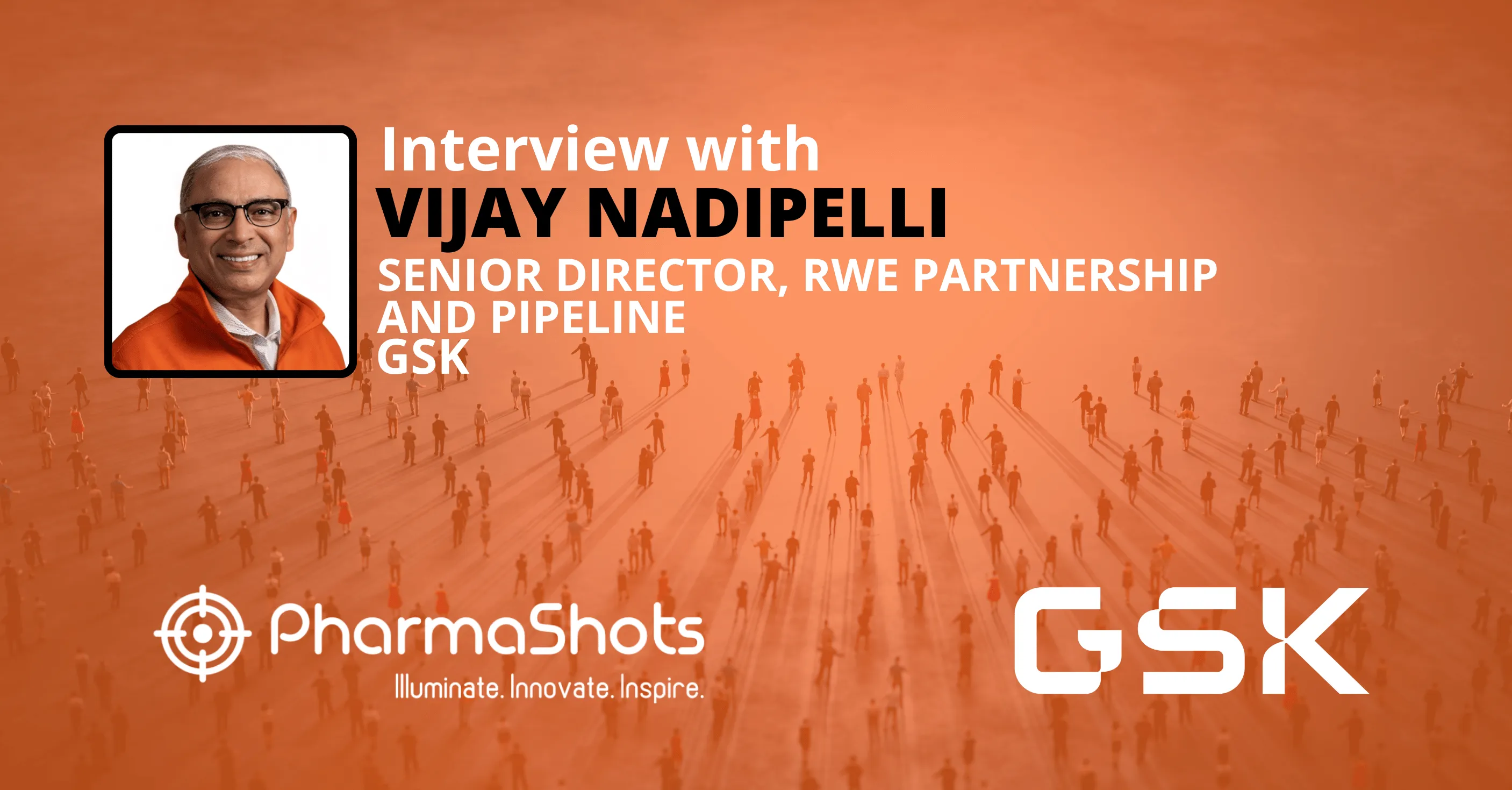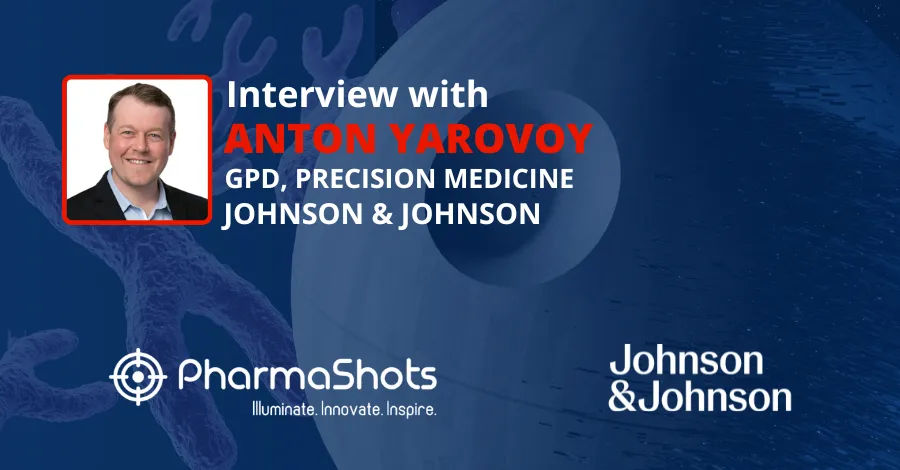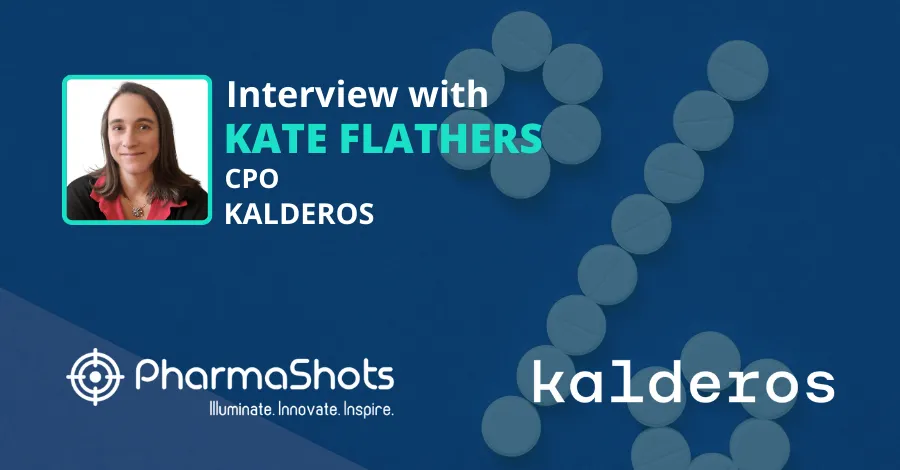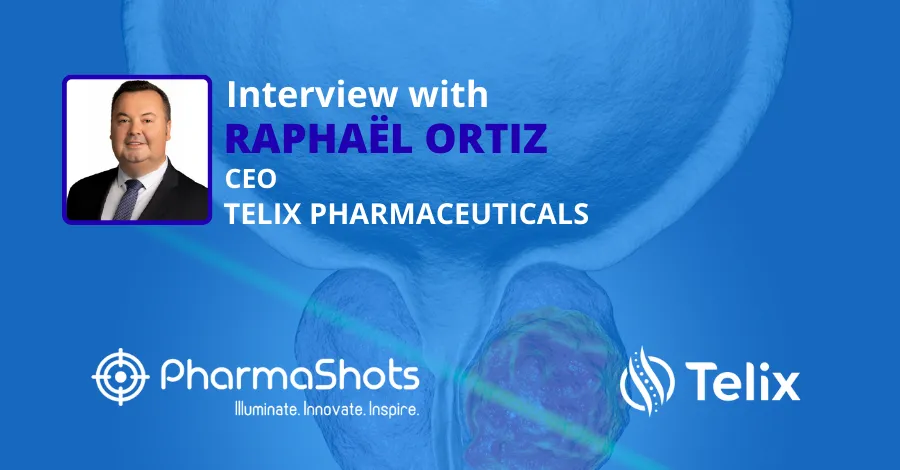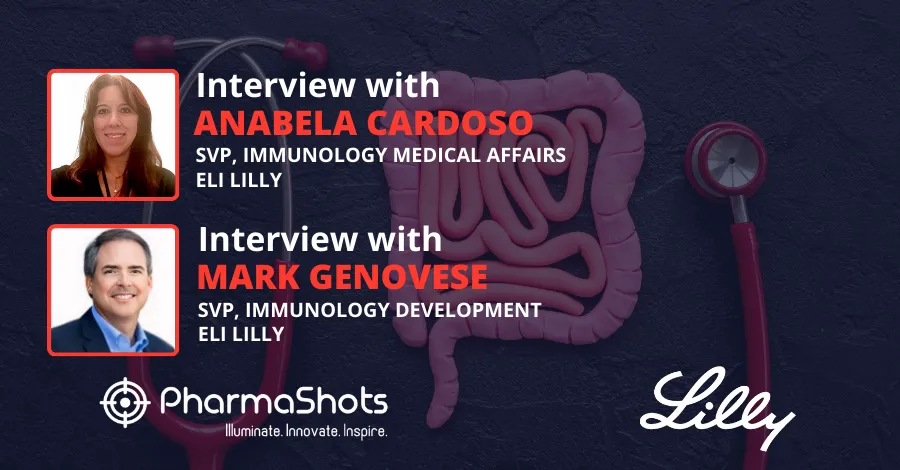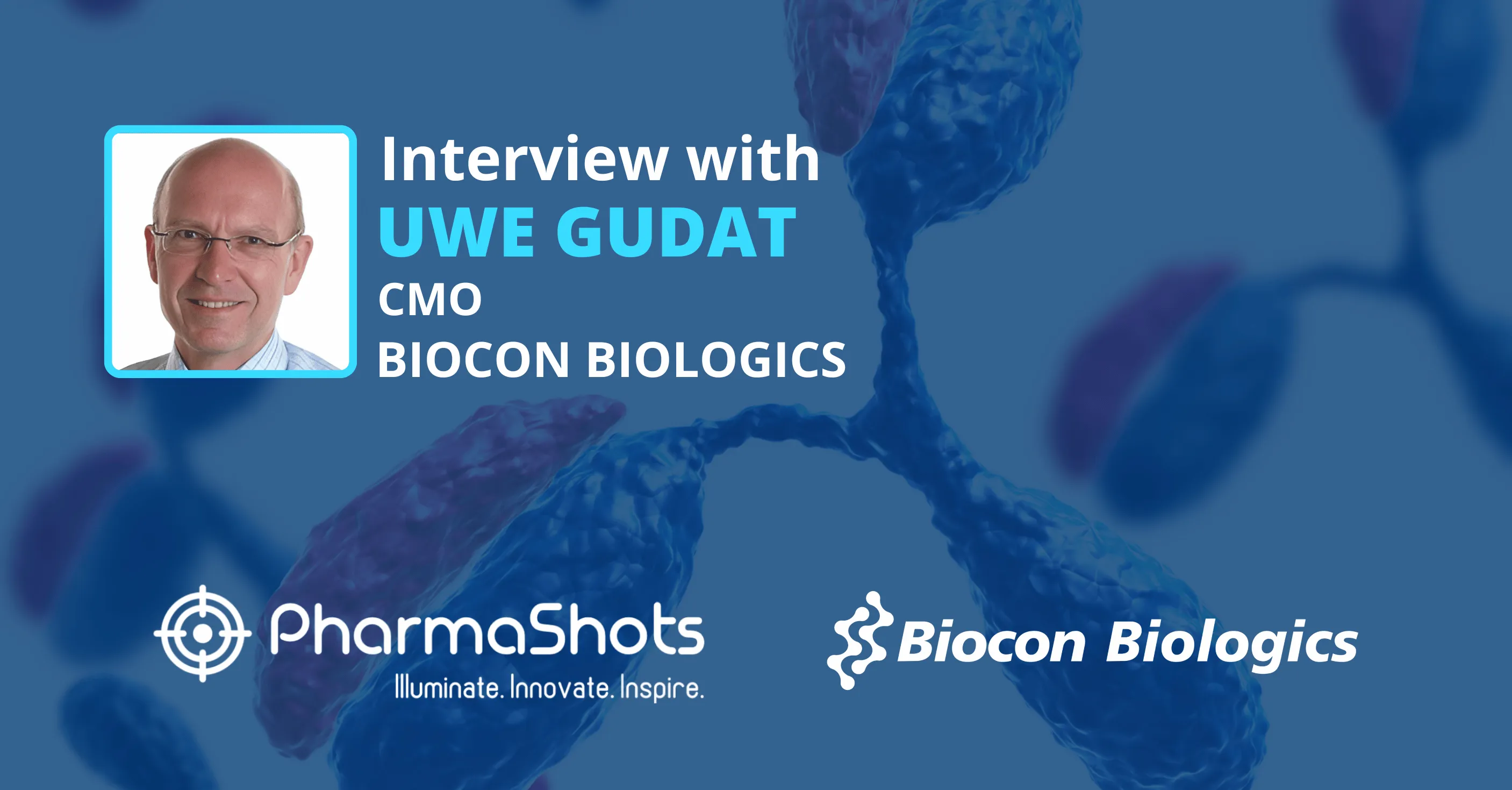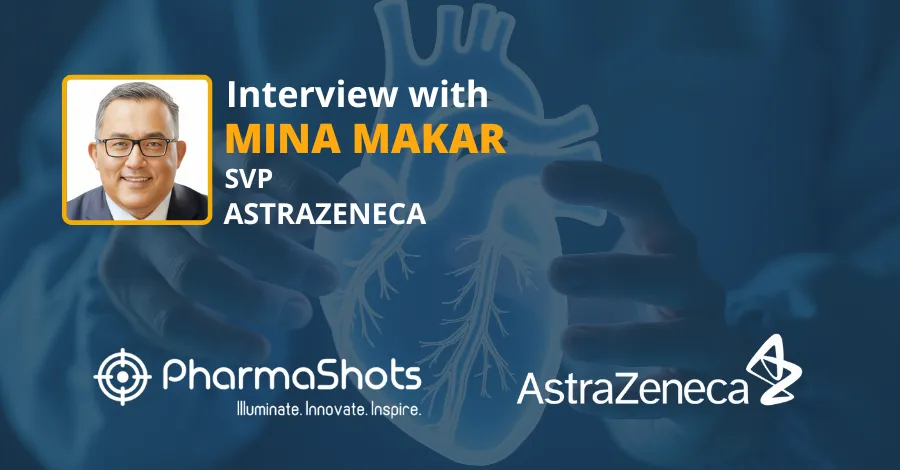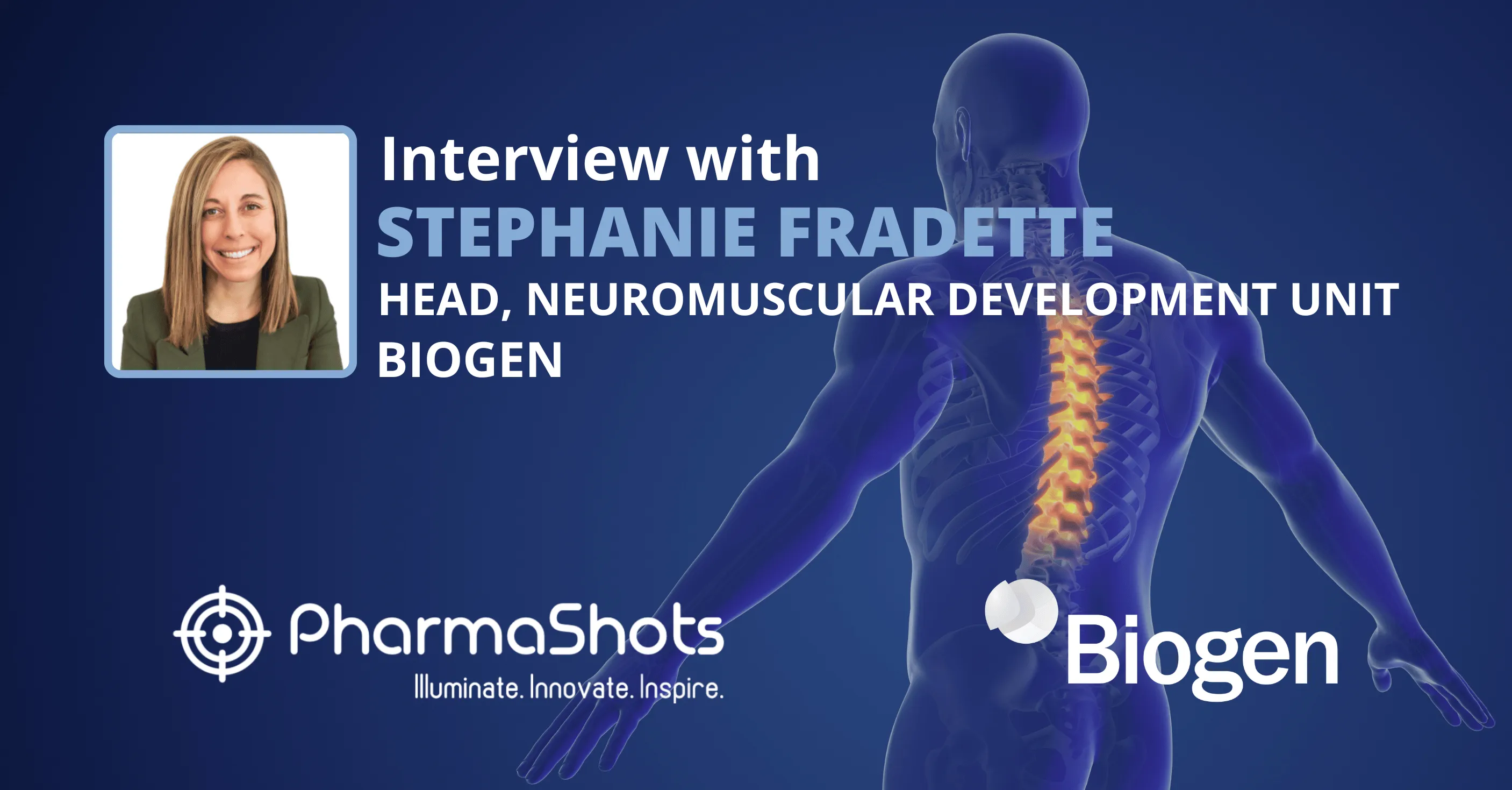
PharmaShots Interview: Codiak BioSciences' Douglas E. Williams Shares Insight on the Potential of its Engineered Exosomes
In an interview with PharmaShots, Douglas E. Williams, Ph.D., President and Chief Executive Officer of Codiak BioSciences shares insights on the potential of engineered exosomes and the data presented at SITC 2020.
Shots:
- Codiak demonstrated the potential of engineered exosomes - extracellular vesicles that act like the body's FedEx delivery trucks to carry messengers between cells - to stimulate targeted, integrated anti-tumor immunity in well-validated yet historically elusive immuno-oncology pathways - IL-12 and STING
- exoIL-12 is designed to allow optimal dosing of IL-12 and overcome tolerability challenges by localizing IL-12 in the tumor microenvironment
- exoSTING is an exosome therapeutic candidate engineered with Codiak's engEx Platform to incorporate its proprietary STING agonist inside the lumen of the exosome while expressing high levels of the exosomal protein, PTGFRN, on the surface
Tuba: Can we have highlights of the preclinical data of engEx engineered exosomes presented at SITC 2020?
Douglas: Codiak's precision-engineered exosome, exoIL-12, showed potential to direct and retain IL-12 pharmacology at the tumor injection site, drive significantly greater anti-tumor activity than recombinant IL-12 and induce antigen-specific systemic immunity while avoiding systemic exposure in vivo.
IL-12 is known to elicit a potent anti-tumor response by activating T cells and NK cells, but many have given up on the target due to toxicity associated with systemic exposure.
Codiak's engEx Platform can engineer exosomes to alter cellular tropism and increase functional payload delivery in multiple immune cell types. Specifically, an exosome carrying a STING agonist can generate a more potent response at a lower dose than untargeted controls.
exoSTING is Codiak's exosome candidate for the treatment of solid tumors. The STING pathway, which is part of the innate immune system and known to elicit an anti-tumoral response, has been difficult to effectively drug due to non-selective cell delivery, off-target toxicity, and dose-related systemic toxicity.
Tuba: How these data define the potential of engineered exosomes?
Douglas: Exosomes are naturally occurring, extracellular vesicles that have evolved as an intercellular messenger system to protect and deliver functional macromolecules between cells. Utilizing its engEx Platform, Codiak can engineer exosomes with distinct properties, load them with various types of therapeutic molecules and alter tropism so they reach specific cellular targets.
The data presented at SITC add to the body of evidence from preclinical trials that demonstrate:
- Codiak's capacity to direct the tropism of our engineered exosomes to target a specific cell type or tissue;
- The improved tissue-specific delivery afforded by compartmental dosing
- Codiak's capacity to control the retention of the exosome in the desired place in the body
All three contribute to enhancing the therapeutic index and, Codiak believes, improve our chance of success. We believe this enhanced therapeutic index is an important characteristic of well-tolerated and clinically active therapeutics and may allow us to drug previously 'undruggable' targets by increasing potency while reducing the risk of off-target effects.
Tuba: Please tell us in detail about Codiak's engEx platform. Does technology help you to unlock the therapeutic potential of exosomes?

Source: Codiak
Douglas: The engEx Platform is Codiak's proprietary exosome therapeutic engine for designing, engineering, and manufacturing novel exosome therapeutics.
For decades, researchers have recognized the potential of exosomes. However, the ability to rationally engineer exosomes with predictable and reproducible therapeutic effects has remained an elusive goal. Through years of rigorous research to solve this challenge, Codiak developed the engEx Platform, which enables us to design and engineer exosomes with distinct properties, load them with various types of therapeutic molecules, and direct tropism so they reach specific target cells.
Coupled with our proprietary manufacturing process, we believe our technology is enabling us to unlock the true therapeutic potential of exosomes.
Tuba: Briefly explain the manufacturing process of exosomes.
Douglas: Our proprietary manufacturing process is designed to efficiently and reliably produce our exosome therapeutic constructs for multiple clinical targets and/or indications:
- Master Bell Banks (MCBs) : Engineered human cell lines that are fully characterized and GMP released.
a) Molecular Engineering: Exosomes are engineered utilizing our proprietary scaffold proteins.
- Production Bioreactor - The cells are cultured at large scale in suspension to produce exosomes, using either fed-batch or continuous (perfusion) technology. We have employed either 2,000L fed batch and 500L perfusion bioreactors. Codiak's novel perfusion technology makes it possible to generate the large volume of exosomes needed for large patient populations.
- Purification : Exosomes are separated from various types of impurities generated in the bioreactor, yielding product of unparalleled purity and quality. Our propriety process is based on advanced chromatography and filtration technology as opposed to the centrifuge-based technology that has been traditionally employed in the field. We estimate that with a single Codiak GMP production run, we can produce an equivalent amount of purified exosomes that would have traditionally required >2000 centrifuge runs.
- Exogenous Drug Loading: If necessary, exosomes are loaded exogenously with a specific therapeutic payload here.
- Drug product : Formulation of the purified exosomes in stability-enhancing buffer, followed by filling in vials.
Analytics: To ensure consistent quality and quantity of the exosomes throughout the manufacturing process, we have developed a suite of analytical methods, which are applied in the production of each batch.
Tuba: Discuss the trial design, progresses, and expected milestones for exoIL-12.
Douglas: The Phase 1 clinical trial of exoIL-12 is designed to evaluate safety, tolerability, pharmacokinetics and pharmacodynamics of exoIL-12 following single ascending subcutaneous doses in healthy volunteers, followed by repeat dose exoIL-12 into the lesions of stage IA-IIB CTCL patients. Patients with CTCL will be monitored for safety, pharmacokinetics, pharmacodynamic effects in blood and tumor biopsies, and local and systemic anti-tumor efficacy using validated CTCL assessment criteria. Preliminary results from healthy volunteers are anticipated by the end of 2020 and safety, biomarker and preliminary efficacy results from CTCL patients are anticipated in mid-2021.
Tuba: Discuss the trial design, progresses, and expected milestones for exoSTING.
Douglas: The Phase 1/2 dose escalation clinical trial of exoSTING is designed to investigate safety, tolerability, pharmacological activity, and objective tumor response in patients with advanced/metastatic, recurrent, injectable solid tumors, with a focus on tumors likely to be enriched in APCs. Examples of such tumors include metastatic head and neck squamous cell cancer (HNSCC), triple-negative breast cancer (TNBC), anaplastic thyroid carcinoma (ATC), and cutaneous squamous cell carcinoma (cSCC). Safety, biomarker and preliminary efficacy data from the dose-escalation phase of the trial is expected in mid-2021. As part of the Phase 2 portion of the trial, Codiak intends to enroll further expansion cohorts of patients at the optimal exoSTING dose to be identified in the Phase 1 portion of the clinical program.
Tuba: Discuss in detail the working of Codiak's two candidates, exoIL-12 and exoSTING.
Douglas: Important note: exoIL-12 and exoSTING are the first-ever engineered exosome therapeutic candidates to be tested in humans.
exoIL-12
exoIL-12 is designed to allow optimal dosing of IL-12 and overcome tolerability challenges by localizing IL-12 in the tumor microenvironment.
Codiak is initially focusing development of exoIL-12 on tumors that have previously shown clinical responses to IL-12 used as a monotherapy, such as CTCL. While the biological rationale for IL-12 as a cancer treatment has been validated in previous human clinical studies, its utility has been severely limited due to serious adverse events caused by systemic exposure.
Codiak has engineered exoIL-12 to display fully active IL-12 on the surface of the exosome, which is designed to facilitate potent local pharmacology at the tumor injection site with precisely quantified doses. Exosomal delivery has demonstrated limited systemic exposure to IL-12 in preclinical models and resulted in significant and prolonged pharmacodynamic activity and both local and systemic anti-tumor immune responses.
exoSTING
exoSTING is an exosome therapeutic candidate engineered with Codiak's engEx Platform to incorporate its proprietary STING agonist inside the lumen of the exosome while expressing high levels of the exosomal protein, PTGFRN, on the surface. The high-level display of PTGFRN is designed to promote targeted delivery of Codiak's proprietary STING agonist into antigen presenting cells in the tumor microenvironment.
Engagement of the STING pathway has been validated to elicit an anti-tumoral response, yet therapeutic development has been generally limited by non-selective cell delivery, off-target toxicity to important immune cells in the tumor and dose-related toxicity due to leakage of the STING agonist into the circulation. In preclinical models of exoSTING, the targeted delivery of a STING agonist to tumor resident APCs promoted localized innate immune activation, T cell attraction and expansion in the tumor, and the development of systemic immunity not observed with a STING agonist delivered without exosomes (e.g., 'free').
Tuba: Can we have a glimpse of Codiak's pipeline? What are the targeted therapy areas of focus?
Douglas: You can view Codiak's pipeline here.
The most advanced programs are in immuno-oncology. There are also discovery programs underway in neurology and infectious diseases.
Main Source: Science News for Students
About Author:

Douglas E. Williams, Ph.D., is Codiak's President and CEO. He previously served as Biogen's Executive Vice President, Research and Development from January 2011 to July 2015.
Related Post: ViewPoints Interview: Biogen's Monica Mann Shares Insight on Plegridy to Treat Multiple Sclerosis
Tags

This content piece was prepared by our former Senior Editor. She had expertise in life science research and was an avid reader. For any query reach out to us at connect@pharmashots.com




